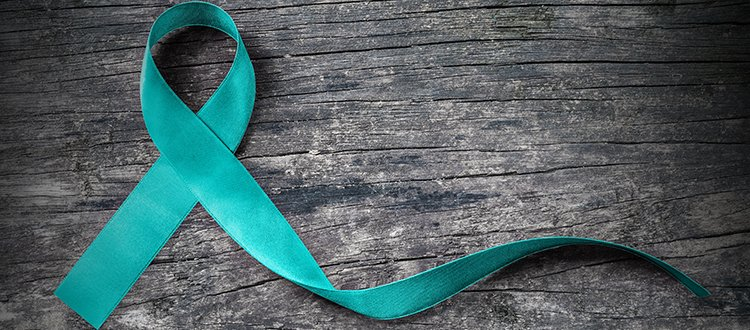PTSD: What Is It, and How to Cope
June 27th is National PTSD Awareness Day! Are you wondering what PTSD looks like or how to cope with it? Read on for answers to those questions!

PTSD is a mental health condition. There are many ways that PTSD can look, and this is not intended for use of self-diagnosis or a substitute for mental health care. If you need help finding a therapist, check out this website!
PTSD occurs after someone experiences trauma. People diagnosed with PTSD often will have upsetting memories about the trauma, or even distressing dreams. They may have flashbacks that cause them to feel like the trauma is happening again. Most become triggered by cues or triggers that remind them of their trauma. People with PTSD will often try to avoid these cues or triggers. PTSD can also cause issues with negative beliefs about oneself or the world around us, and persistent negative emotions. It can also cause irritability, sleep issues, difficulty concentrating, and hypervigilance. Hypervigilance means that someone is always on guard, worried that something bad could happen.

So what can you do if you’re struggling with PTSD? You can use diaphragmatic breathing, which will engage the relaxation system in your body. Try these simple steps for diaphragmatic breathing:
Lay down while you learn this exercise, so you can feel your diaphragm move and make sure you’re doing the activity right.
Place one hand on your stomach, and one hand on your chest.
Start taking long, deep breaths. You want to feel the hand on your stomach move up and down. The hand on your chest should not move.
Breathe in through your nose, and out through your mouth.
Stay for at least 10 breaths, but the more, the better!

That’s it! 5 simple steps for coping with PTSD through diaphragmatic breathing. Check out this post on mindfulness or grounding exercises for more self-care. Let us know in the comments if you have other ideas for helping with PTSD, and share this with anyone who needs it!







Commenti